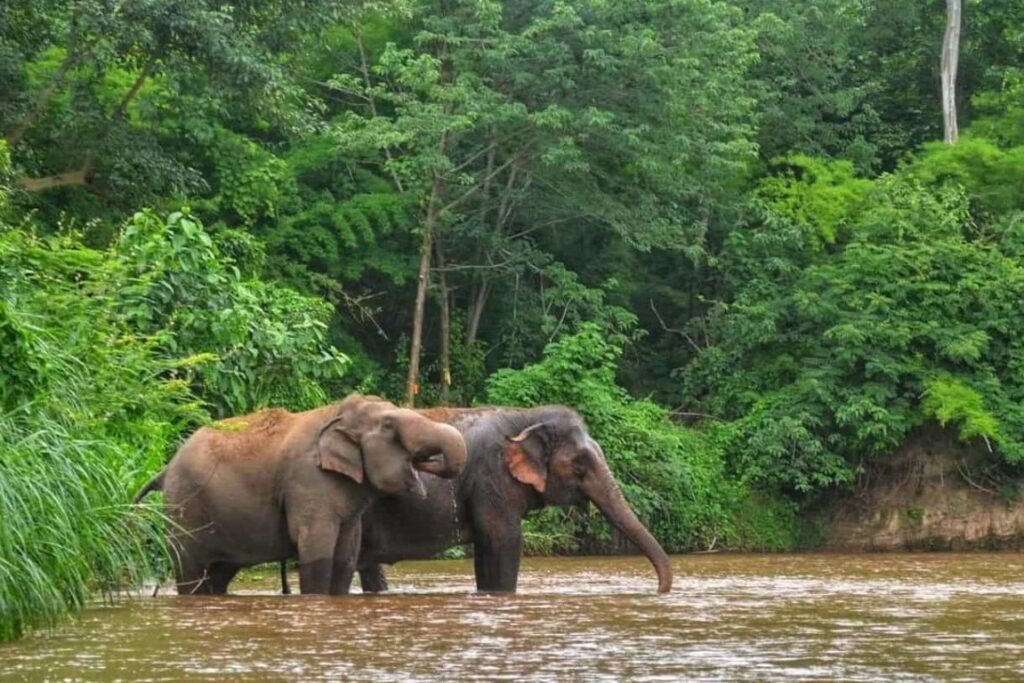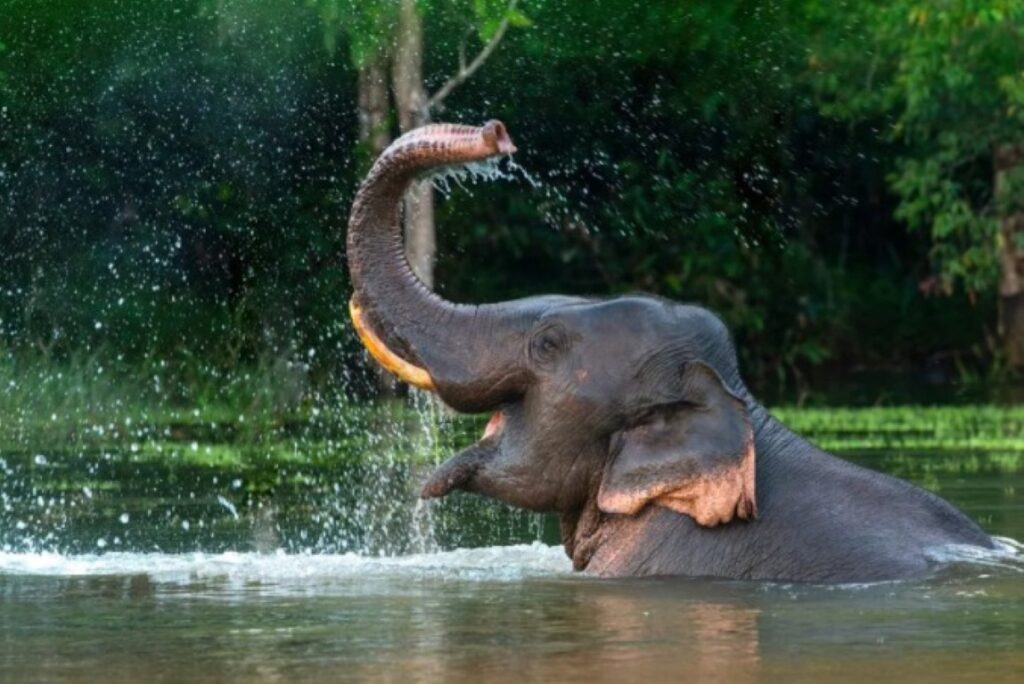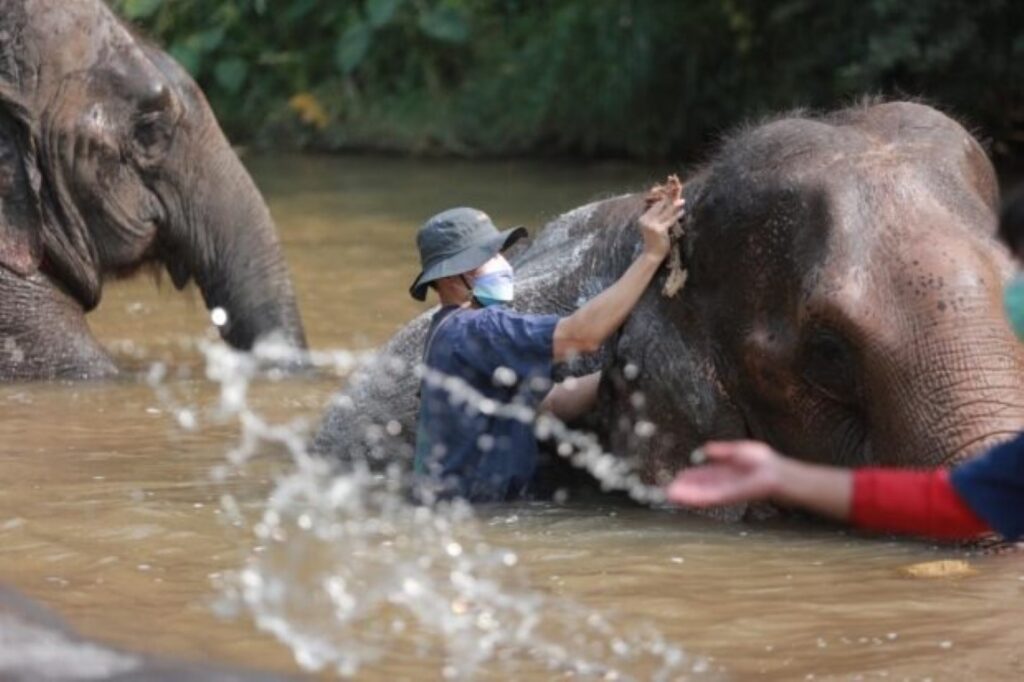Thai Elephants: Understanding Wild and Domesticated Elephants in the Tourism Industry
How Many Types of Elephants Are There in Thailand?
Many people may not realize that there are two main types of elephants in Thailand: wild elephants and domesticated elephants. Wild elephants live in their natural habitat, avoiding human interaction, while domesticated elephants are raised and live alongside humans from birth. Thailand is one of the few countries in the world with a long history of elephant domestication, spanning hundreds of years.



Is It Ethical to Use Domesticated Elephants in Tourism?
This is a common question that often leads to misunderstandings. Many believe that elephants in the tourism industry are taken from the wild or forced into activities. However, the truth is that all elephants in the tourism industry are domesticated, not wild. These elephants have been raised with human interaction since birth and are accustomed to living alongside people.
Key Differences Between Wild and Domesticated Elephants
- Wild Elephants: Live freely in the wild, have strong survival instincts, and are naturally wary of humans.
- Domesticated Elephants: Grow up under human care, are familiar with mahouts (elephant caretakers), and their behavior is shaped by human interaction from a young age.
Transition to the Tourism Industry
With the decline of logging, which was banned in 1989 to protect forests, many domesticated elephants and their mahouts faced a crisis. Without traditional roles, they turned to tourism as a means of survival. Elephant sanctuaries and camps emerged as a solution, allowing elephants to engage with visitors while providing income for their caretakers.
Tourism-related activities range from ethical sanctuaries, where elephants roam freely and interact with visitors on their terms, to less ethical practices, which have drawn criticism for exploitative treatment. As Thailand’s tourism industry grew, so did the demand for elephant-related experiences, making it crucial to educate tourists about responsible practices.
Are Elephant Tourism Activities Ethical or Unnatural?
There is ongoing debate about activities such as feeding elephants, taking photos with them, mud bathing, bathing with elephants, and walking with them. Some people believe these activities are unnatural or forceful. However, the reality is that these activities align with the natural behaviors of domesticated elephants and do not cause them harm.
Benefits of Elephant Activities
- Encourage Positive Interaction with Humans – Domesticated elephants are already accustomed to human presence, making these activities stress-free.
- Promote Relaxation and Well-being – Activities like bathing and mud play are natural behaviors that help elephants feel comfortable.
- Support Elephant Mental Health – Gentle interaction with tourists can help reduce stress in elephants.



The Evolution of Elephant Care: Past, Present, and Future
Past
Originally, elephants were used in the logging industry, particularly for hauling timber. However, when logging was banned in Thailand in 1989, many domesticated elephants were left unemployed.
Present
Today, these elephants have transitioned into the tourism industry, allowing them to continue receiving care from their mahouts while generating income for food and medical expenses.
Future
With the rise of ethical and eco-friendly tourism, more elephant sanctuaries are focusing on providing elephants with natural and humane environments rather than forcing them into strenuous activities.


The Role of Elephant Sanctuaries in Education and Conservation
Elephant sanctuaries in Thailand aim to bridge the gap between tourists and these remarkable creatures. By offering interactive experiences, sanctuaries allow visitors to learn about elephant behavior, diet, and social dynamics. Activities such as feeding, bathing, and observing elephants in their naturalistic settings provide a deeper appreciation for their intelligence and emotional complexity.
However, not all sanctuaries operate ethically. Visitors should seek facilities that prioritize the well-being of elephants, avoiding those that involve performances, rides, or forced interactions. Responsible sanctuaries emphasize education, conservation, and creating a safe space for elephants to thrive.
Challenges and Misconceptions
One of the most pervasive misconceptions is the belief that elephants used in tourism are wild and should be released into forests. While this idea stems from good intentions, it overlooks the reality of domesticated elephants. These elephants lack the survival skills needed for life in the wild. Moreover, the diminishing forest cover in Thailand poses another significant challenge, as it limits the space available for wild elephants.
Another challenge is the economic dependency of mahouts on tourism. With limited alternative livelihoods, tourism provides a vital source of income for mahouts and their families. Ethical tourism, therefore, plays a crucial role in ensuring both the welfare of elephants and the livelihood of their caretakers.
.



Conclusion: How Should We View Elephants in Tourism?
Understanding the differences between wild and domesticated elephants clarifies that elephants in the tourism industry are not being taken from the wild or forced into unnatural behaviors. Instead, they have grown up in human care and are accustomed to these activities from a young age.
Educating tourists about elephants is crucial in helping them choose ethical travel destinations that prioritize elephant welfare. If you are looking for a sustainable and animal-friendly travel experience, choose facilities that provide quality care for elephants. By doing so, you can enjoy your trip while also supporting the well-being of these magnificent creatures.
.

